In the realm of weightlifting and strength training, ensuring the safety of your back is paramount. One tool that often enters the spotlight for its potential to protect the lower back during heavy lifts is the weight belt. These sturdy accessories, crafted from materials like leather or nylon, are designed to encircle the waist tightly, offering support and stability. However, the subject of weight belts and their efficacy in safeguarding the back remains a topic of discussion within fitness and sports science communities. In this article, we'll delve into the potential benefits and considerations surrounding weight belts and their role in back protection.

The Role of Weight Belts
Weight belts are primarily worn to bolster the lumbar spine and lower back muscles during intense lifting sessions. The key mechanism at play here is the generation of intra-abdominal pressure. By wearing a weight belt and taking a deep breath, the belt presses against the abdominal wall, theoretically augmenting spinal stability. This pressurised environment provides a cushioning effect for the spine, particularly during exercises like squats and deadlifts, where substantial loads are involved.
Benefit 1: Enhanced Intra-Abdominal Pressure
The cornerstone benefit of weight belts is their ability to facilitate intra-abdominal pressure, which acts as a built-in support system for the spine. The pressurised core offers stability that can be indispensable when lifting heavy weights. It's akin to wrapping your core in a protective embrace, reducing the risk of injury by mitigating the strain on the lower back.
Benefit 2: Reinforced Core Engagement
Wearing a weight belt serves as a tangible reminder to engage and brace your core muscles effectively during lifts. This action promotes better lifting mechanics, reducing the strain on your back. By cinching the belt tightly and taking a breath, you create a platform for your core muscles to exert force against, resulting in improved posture and reduced risk of unnecessary stress on the spine.
Points to Ponder
While weight belts offer potential benefits, there are considerations that warrant attention.
Consideration 1: Dependence vs. Development
One argument against extensive weight belt usage is the potential hindrance of natural core strength development. Relying solely on a weight belt for support might deter your body from naturally building the required core stability and strength. This overreliance can, over time, lead to weaker core muscles, leaving you vulnerable to injury when not wearing the belt.
Consideration 2: No Substitute for Correct Form
It's important to emphasise that a weight belt is not a substitute for proper lifting technique. Regardless of whether you're wearing a belt, incorrect form or lifting weights beyond your capacity can still increase the risk of injury. The belt is an aid, not a magic shield.
Consideration 3: Context Matters
Weight belts are most beneficial during heavy lifts that put a significant load on your spine. For lighter weights and general strength training, they might offer little to no advantage. It's essential to tailor your use of weight belts to the specific demands of your workout routine.
Consideration 4: Limited Scope
Weight belts primarily excel in exercises that involve vertical lifting movements, such as squats and deadlifts. However, they might not be as effective in activities that require bending, twisting, or dynamic movements in various directions.
Incorporating weight belts into your strength training regimen requires a balanced approach. While they can offer benefits such as enhanced intra-abdominal pressure and core engagement, they are not a guaranteed solution for back protection. Prioritising proper lifting mechanics, gradual strength progression, and a diverse array of core-strengthening exercises will contribute more holistically to the long-term health of your back. If you're considering using a weight belt, seek advice from fitness professionals or physical therapists to ensure that your approach aligns with your individual goals and needs. Remember, while weight belts can play a role, they are just one piece of the puzzle in your journey toward a stronger and healthier you.
You can see our range of weight belts here

